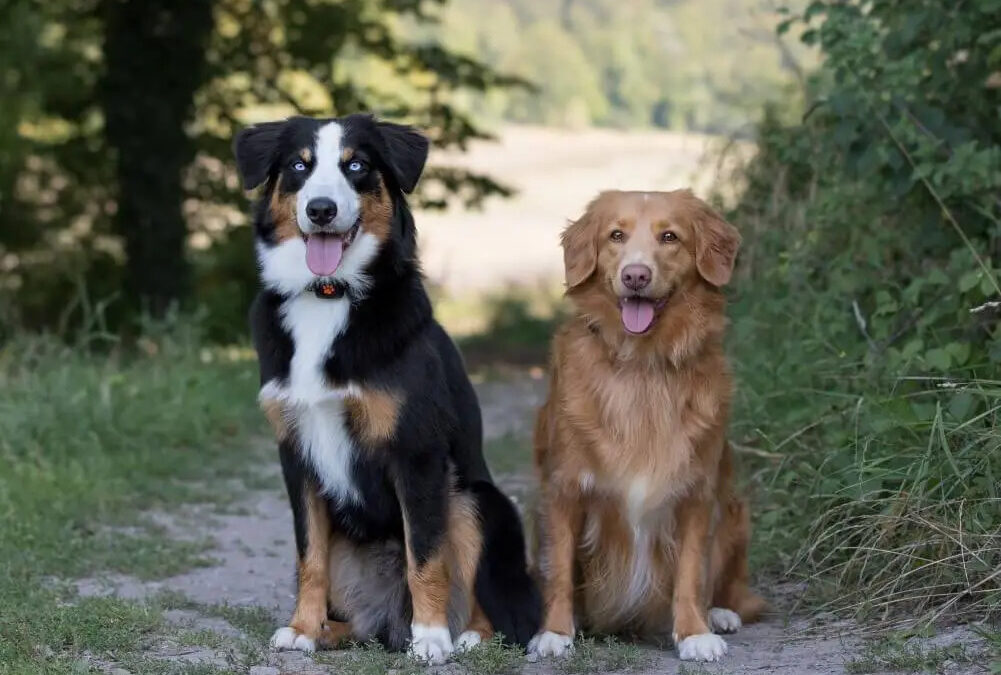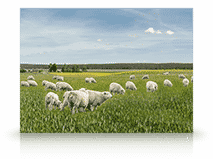H
ave you ever seen your pet look straight into your eyes like a normal human person? In fact, you’ve probably seen your dog wag its tail when it sees you. If you perceived that they did this because they’re happy, then you’re correct!
Your pet is trying to communicate, however, some of their gestures might be lost in translation. Some cats rub their faces against your knees or jump on your lap. You might think they’re hungry, but maybe it’s just that they love seeing you!
But did you know there are six other ways your pet is trying to communicate with humans? Most of these involve observing your pets carefully to fully understand them.
1. They Make Sounds
When your dog or cat is hungry, it would keep barking or meowing at you. They would even stand or sit next to their food bowls as a signal that they wish to eat. They may also make sounds when they dislike their dinner before turning away from it.
However, if they are making sounds without gesturing or being in close proximity to an object familiar to them, then you may need to try and determine their reason for doing so.
Cats are more mischievous in using sounds to manipulate humans to feed them or do something in their favor. However, their simple purr might mean they’re satisfied with their current status.
On the other hand, dogs might bark because they are happy or threatened. Compared to the virtually similar purrs of cats, a dog’s low growl signifies it is angry or threatened. Meanwhile, high-pitched barks can mean it is safe to approach them.
Both animals make a whimpering or pained sound when they are truly in pain or burdened by something. They may also yelp when they’re surprised or in excruciating pain.
2. They Make Eye Contact
Dogs and cats create deep connections with humans by doing something other animals cannot: make eye contact. In fact, your lovely pet is trying to communicate using its eyes just as humans do.
For dogs, eye contact is a positive way a pet is trying to communicate with its owner. Because they are generally devoted to their humans, dogs make eye contact to receive commands or tell them they need something. This is usually accompanied by barks.
Cats find eye contact with humans or other animals as imposing a challenge against them. Therefore, they might find looking directly at you awkward, uncomfortable, or a territorial challenge. However, if you catch them looking at you while you are looking away, it can also mean they are trying to understand what you are thinking or feeling.
For both pets, they usually avoid eye contact when they have guilt about doing something. If they are looking away and are a bit fleeting or make aggressive sounds, then they find your visual contact with them threatening or offensive. If they avoid eye contact while playing, then they are indulging in their current activity.
3. Their Tail Posture Changes
The tails of dogs and cats complement their body language when they try to communicate. Its shape and position can tell you about your pet’s current mood or feelings.
Most people are familiar that dogs wagging their tails are happy. They want to play and spend time with you. If they are hiding their tails between their legs, then they’re sad or disappointed about something.
However, dog tails tell more stories than just these two interpretations. A straight dog tail signifies that it is trying to establish dominance. A straight tail that points horizontally signifies the dog is angry and is ready to attack. Meanwhile, a tail in a relaxed position signifies the dog is aloof or analyzing you or something else.
For cats, a straight tail signifies they are happy about something. If their body is arched with their tails straight, it can mean they are surprised.
If their tails are arched like a question mark, they are cautious in approaching something that mystifies them. It could be that they’re trying to sense if you are approachable at the moment.
If their tails twitch when you are playing together, it is possible the cat is overstimulated and wants you to back away. In some cases, it may also be their sassy remark about something unpleasant they have done and found nothing wrong with it.
4. They Try to Be Close or Distant From You
Like humans, dogs and cats have varying comfort zones when it comes to distances between you and themselves. They may display the same behavior by being in close proximity to their food bowls when they’re hungry or their new toys especially if it is the first time they have seen them.
Sociable dogs and cats would normally love the company of a human oranother dog, often sitting or playing nearby. However, if you try to approach a dog or cat and it moves away almost immediately, then it might not be comfortable with the distance. They might be telling you that they’re not in the mood and want to be kept alone.
However, make sure to close the distance with them when possible. To do this, you can bring along something that would spark their curiosity, such as a new toy or something they have never seen before. Both dogs and cats are curious creatures, and they would never pass up an opportunity to try something different.
5. Your Pet Is Trying To Communicate by Helping and Protecting You
Dogs and cats treasure their loved ones the same way humans do. In fact, they would do everything to be helpful and protect you if they are in a positive mood.
However, your pet is trying to communicate in strange ways.
For example, a loving and overly-attached dog may show aggressive behavior to almost any stranger that approaches you. If they recognize the baby is under their care, they may growl against individuals who try to approach the baby without their permission. However, this behavior might be due to a lack of interaction with other dogs or humans, which can easily be cured through social exposure.
In the case of cats, they may sometimes bring dead small animals from their hunts right in front of you. This grotesque gesture is actually them thanking you for feeding them delicious food and giving them love and care.
While this behavior can be disturbing, it is a sign that your cat cares for you and tries to be helpful in their own way. If this is becoming a problem, then you can give them a bell that makes noise to foil their silent hunting capabilities. There are other methods to stop them from hunting for you.
6. They Might Show Strong or Subtle Responses To Certain Events
Dogs and cats would show aggressive behavior or hide if they find certain humans, objects, or events threatening. For example, loud sounds can surprise dogs or cats. They might try to hide behind closets or furniture.
However, even without audible or visible threats, dogs and cats might be anxious or terrified of certain things. Dogs could dig holes in your yard as part of their explorative phase. However, if they do this in a hurry, it might mean they are worried or terrified about something. They may also howl or keep barking frequently to expel stress from their body. Pay attention to their tails and body language as they do this so you can give them the proper response.
Cats may also keep on meowing if they are terrified. They may also choose to run away. Some freeze in place or they might also show aggressive behavior such as hissing, growling, and swatting when they’re afraid. Their response may also be subtle, such as refusing to use their litter box or stay in their usual spot.
For both dogs and cats that show an aggressive response to fear, make sure to leave them alone for a while and confine their movements in a single area to avoid any untoward incidents that may threaten your own and their personal safety. They may respond positively and revert to a better state if offered food, water, or their favorite toy.











